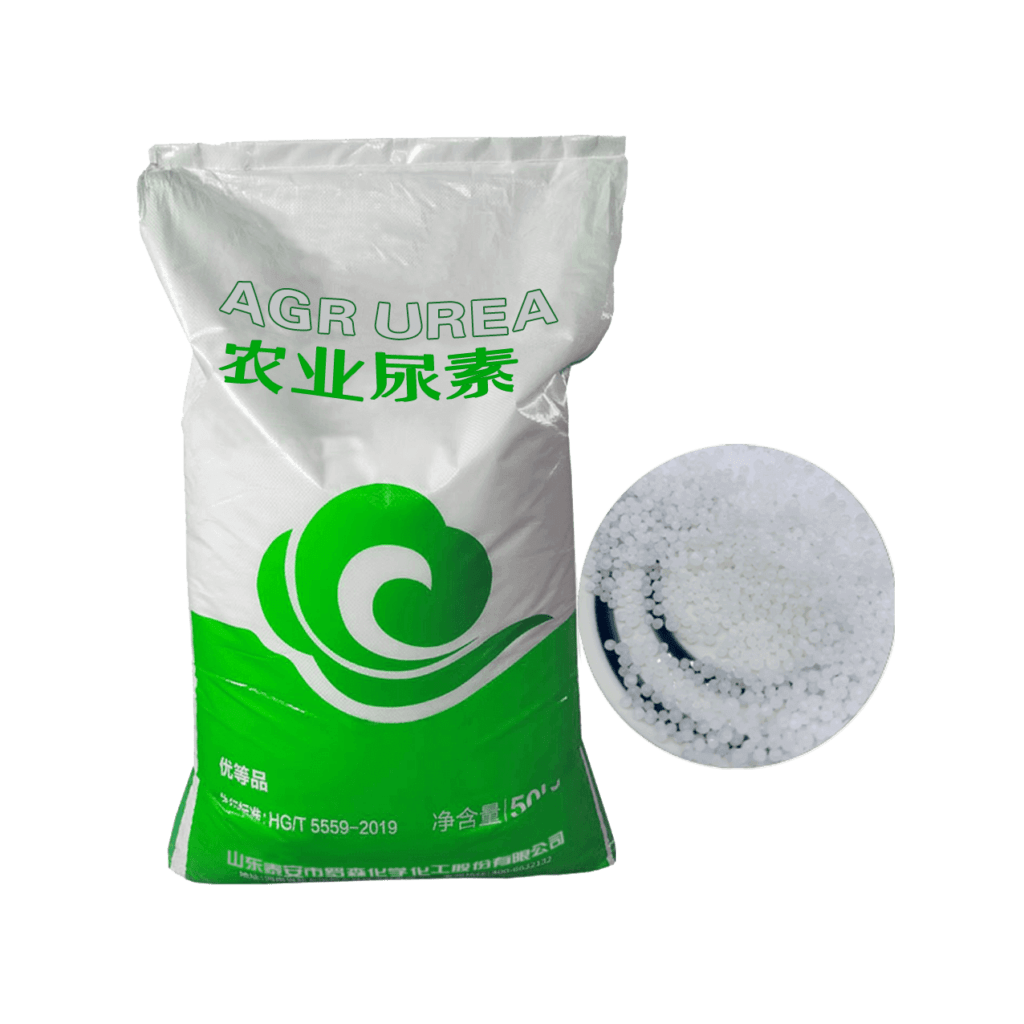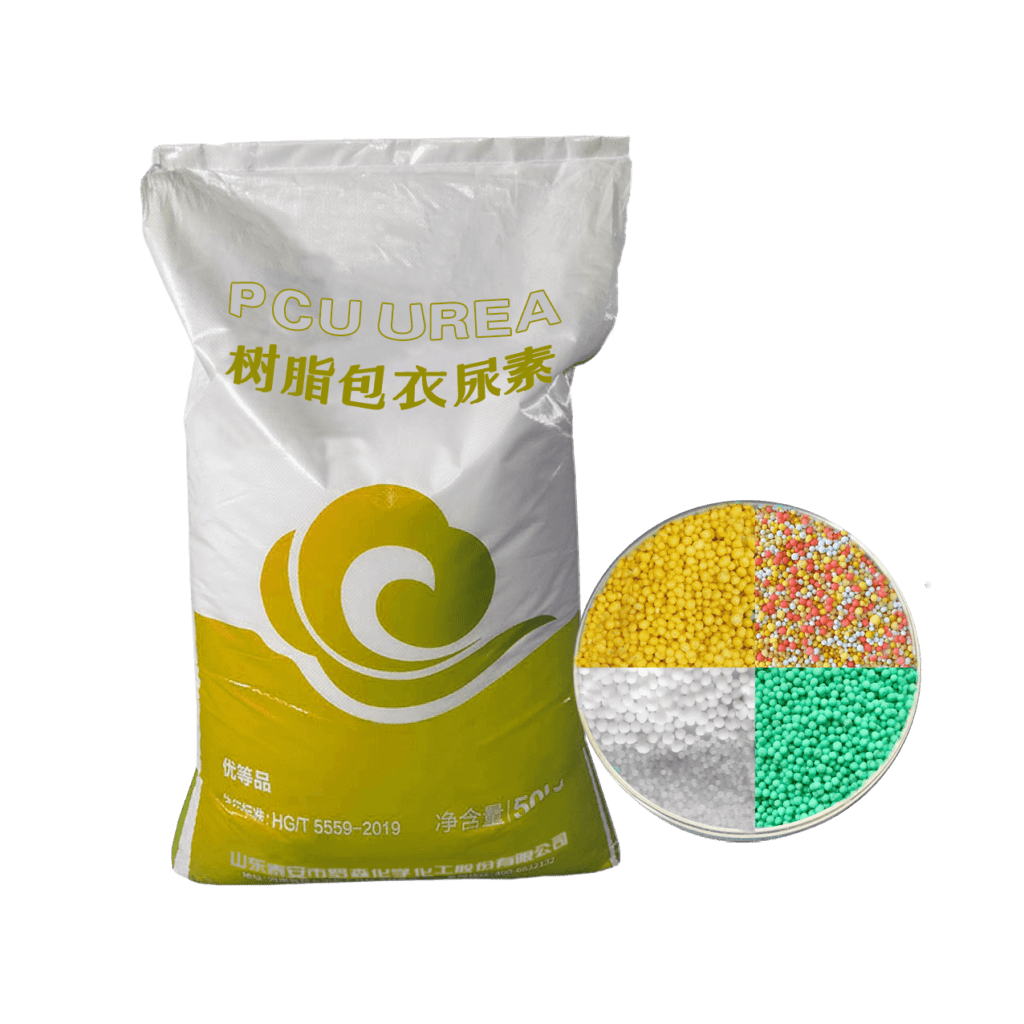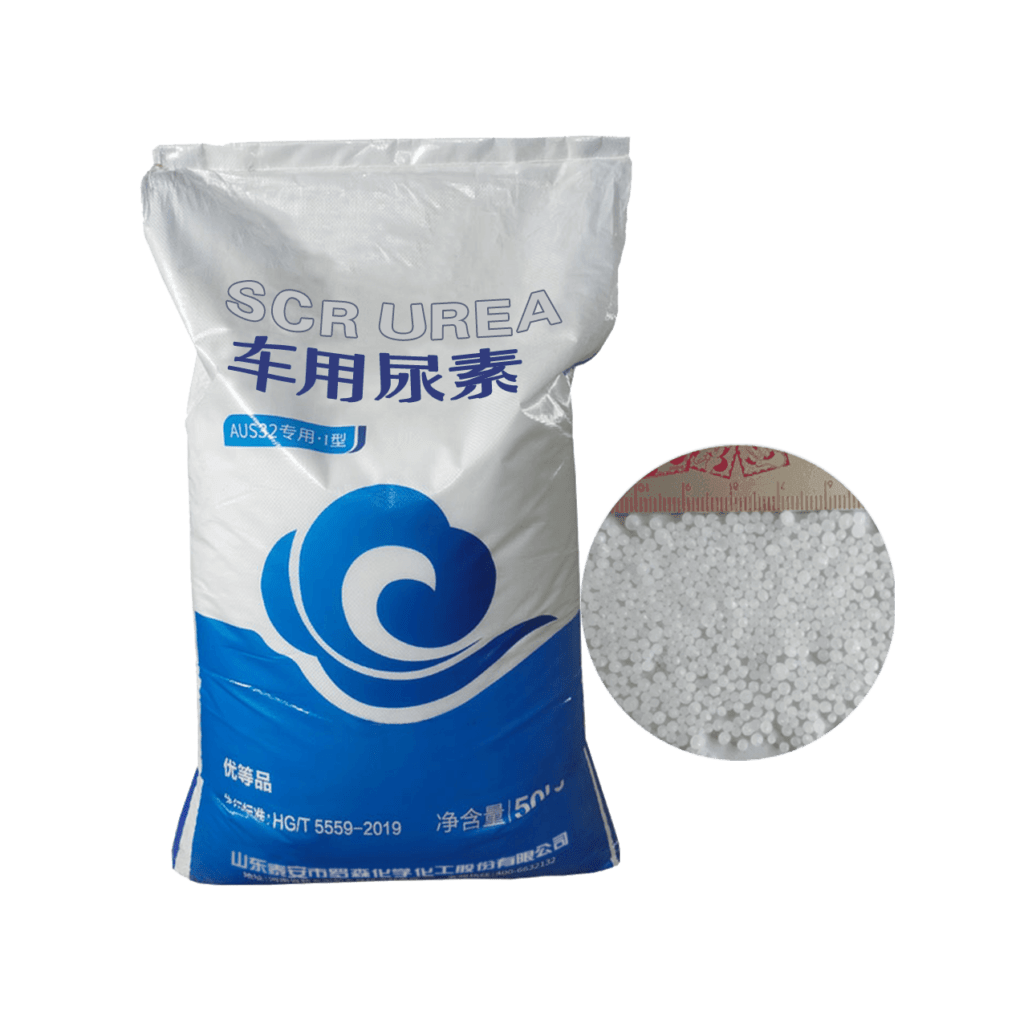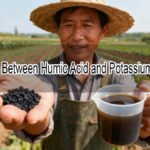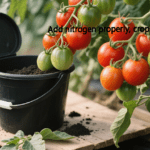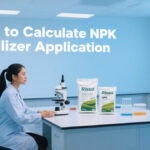Let more growers get greater benefits
How Are Urea Fertilizer Granules Manufactured?
Subtitle: Explore the complete urea production process for both agricultural applications and automotive-grade DEF
- Industry News
- March 20, 2025
- 4:07 pm
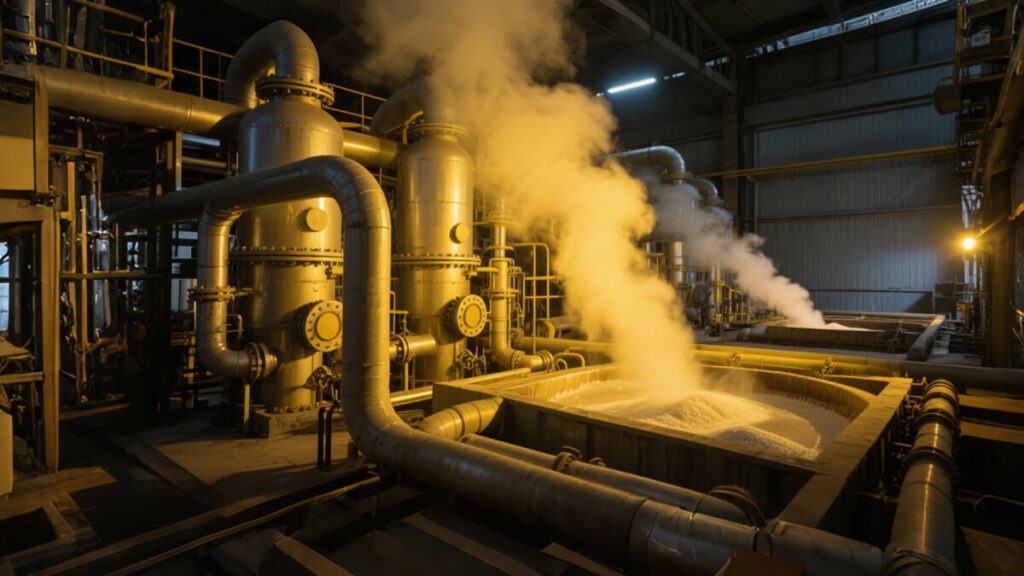
Urea is the most widely used nitrogen fertilizer in global agriculture, valued for its high nitrogen content (46%), cost-efficiency, and adaptability to various crops and soil types. Understanding the urea fertilizer granule manufacturing process is essential for farmers, agronomists, and industrial users alike. This article explores how urea is manufactured, the differences between agricultural urea, industrial-grade urea, automotive urea (DEF), and coated urea fertilizers, and why Risso Fertilizer is a trusted supplier in the global market.
Table of Contents
1. Urea Granule Manufacturing Process: From Ammonia to Finished Product
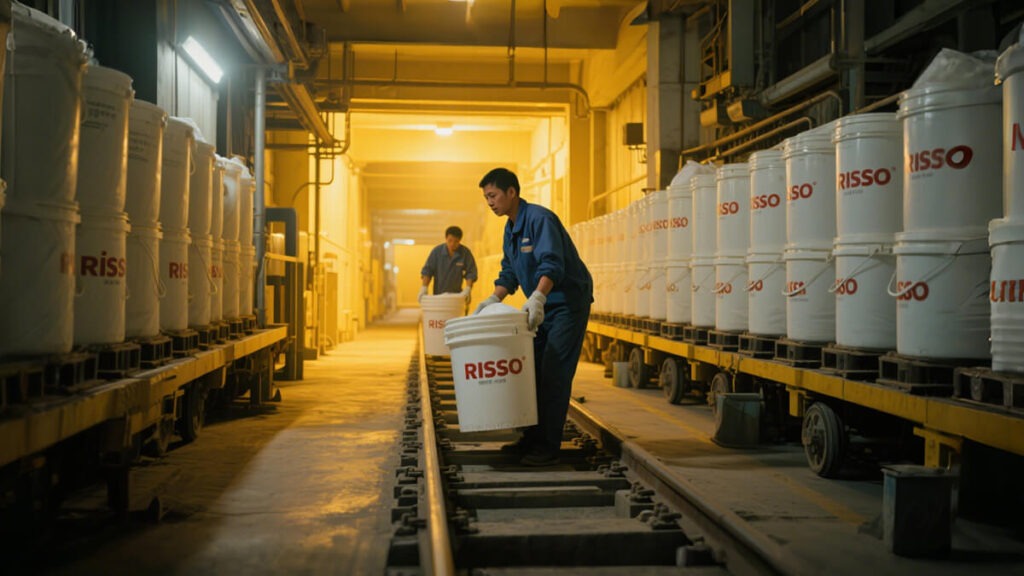
The production of urea fertilizer granules is a complex chemical and mechanical process, typically carried out in large-scale industrial plants. It involves multiple steps to ensure purity, granule hardness, and consistent nutrient delivery.
1. Raw Materials: Ammonia and Carbon Dioxide
The process begins with two primary feedstocks:
-
Anhydrous ammonia (NH₃)
-
Carbon dioxide (CO₂)
These are typically derived from natural gas via steam methane reforming.
The urea synthesis reaction:
2 NH₃ + CO₂ → NH₂COONH₄ (Ammonium Carbamate) NH₂COONH₄ → CO(NH₂)₂ (Urea) + H₂O
This takes place under high pressure (150–250 bar) and high temperature (180–200°C) in a reactor.
2. Urea Solution Concentration
The solution exiting the reactor contains about 70–80% urea. Using vacuum evaporation, it is concentrated to 98–99.7% purity. This is a critical step for producing high-quality urea granules suitable for bulk fertilizer applications.
3. Granulation or Prilling Technology
There are two mainstream technologies used to transform molten urea into solid particles:
Urea Granulation Process:
In this modern method, molten urea is sprayed into a fluidized bed granulator, where seed particles help form hard, uniform granules. This method is preferred for its superior granule strength, which improves handling, storage, and mechanical resistance.Urea Prilling Process:
This traditional method involves spraying molten urea from the top of a prilling tower. As the droplets fall, they solidify into small spherical particles called prills. While more cost-effective, prills are softer and more prone to caking compared to granules.
4. Cooling, Screening, and Recycling
The solid urea particles are cooled using fluidized air, then screened to ensure uniform size. Oversized or undersized material is crushed and recycled back into the system.
5. Coating and Packaging
To prevent moisture absorption and caking during storage and transportation, the granules are coated with anti-caking agents, sulfur, or polymeric coatings depending on the final product application.
Final products are packed in bulk bags, 25–50 kg woven sacks, or loaded directly into silos for export.
🌱 Types of Urea and Their Applications
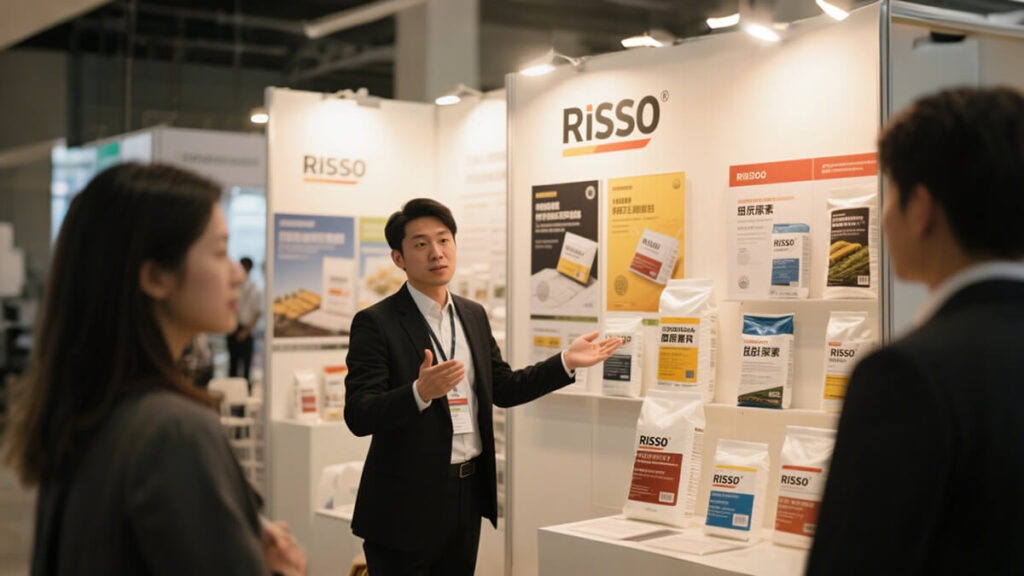
Urea is a versatile product with different formulations and grades designed for various sectors. Understanding these distinctions is key when selecting the right type of urea for agriculture, industry, or environmental management.
1. Agricultural Urea Fertilizer
Agricultural urea is the most commonly used nitrogen fertilizer in farming systems worldwide. It contains 46% nitrogen in amide form and is suitable for a wide range of crops including corn, rice, wheat, and vegetables.
Form: Prilled or granular urea.
Advantages:
Cost-effective source of nitrogen.
Rapid crop uptake with proper soil incorporation.
Compatible with precision agriculture and fertigation systems.
Application Insight: To reduce nitrogen loss via volatilization, it is best applied before rainfall or incorporated into the soil.
2. Industrial-Grade Urea
Industrial urea is produced to meet strict chemical purity standards and is used in the production of:
-
Urea-formaldehyde resins
-
Melamine
-
Adhesives
-
Pharmaceuticals and dyes
-
Key Features:
-
Low biuret and formaldehyde content
-
High solubility and consistent granule size
-
Moisture-controlled for industrial processing systems
-
3. Automotive-Grade Urea (DEF / AUS 32)
Also known as Diesel Exhaust Fluid (DEF) or AUS 32, this grade of urea is essential in Selective Catalytic Reduction (SCR) systems to reduce NOx emissions from diesel engines.
Composition: 32.5% ultra-pure urea dissolved in deionized water.
Usage: Widely used in passenger vehicles, commercial trucks, buses, and off-road machinery in compliance with Euro 6 and EPA Tier 4 emission standards.
4. Coated Urea Fertilizer (Slow/Controlled Release)
Coated urea is developed for controlled nitrogen release, reducing nutrient loss and improving efficiency in crops with longer growing seasons or high nutrient demands.
Types of Coating:
Resin and bio-based coatings
Benefits:
Lower frequency of application.
Reduced environmental impact (less nitrate leaching).
Improved yield response in horticulture and turfgrass.
Why Choose Risso® Urea Fertilizer?
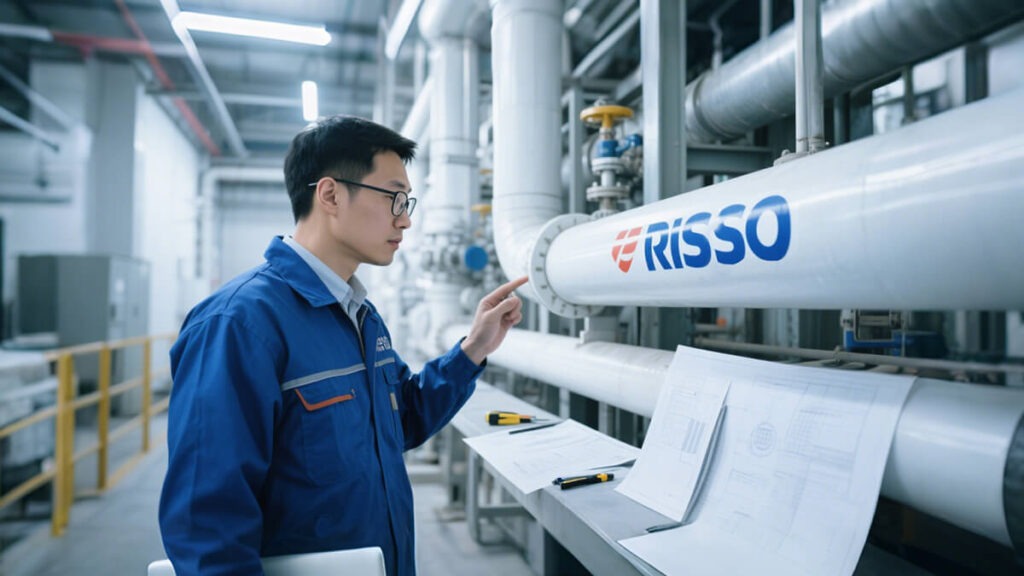
At Risso Fertilizer, we combine world-class manufacturing with agronomic precision to deliver urea products tailored for global agricultural and industrial needs.
✅ Our Strengths:
Consistent 46% nitrogen content in all agricultural urea batches.
Multiple grades available: granular, prilled, coated, and DEF-grade.
State-of-the-art granulation lines for uniform, durable granules.
Rigorous quality testing to meet ISO, REACH, and USDA standards.
Customized packaging options for domestic and international logistics.
Whether you’re looking for bulk urea fertilizer for row crops, technical urea for resin production, or DEF solution for vehicle emissions, Risso Fertilizer provides reliable, high-performance solutions trusted by growers and manufacturers in over 40 countries.
🌐 Learn more or request a quotation at: Https://risso-chemical.com
Conclusion
Understanding how urea fertilizer is manufactured and the differences between urea types is essential for making informed decisions in farming, manufacturing, or fleet operations. With its broad portfolio and commitment to quality, Risso Fertilizer is your dependable partner for urea-based solutions tailored to today’s evolving needs.
Related Urea Fertilizers
- Article
What will you get when touch?
✔ Quick & helpful reply within 6 hours.
✔ Tailored solutions for your project.
✔ One-stop product, tech, market
TRENDING
Want to find a China fertilizer manufacturer?
Risso will be your best choice; send us your request for your fertilizer details requirement.
TAIAN RISSO CHEMICAL FERTILIZER CO.,LTD
- Address: High-tech Development Zone, Taian City, Shandong Province
© Copyright 2017 RISSO CHEMICAL. All Rights Reserved.



